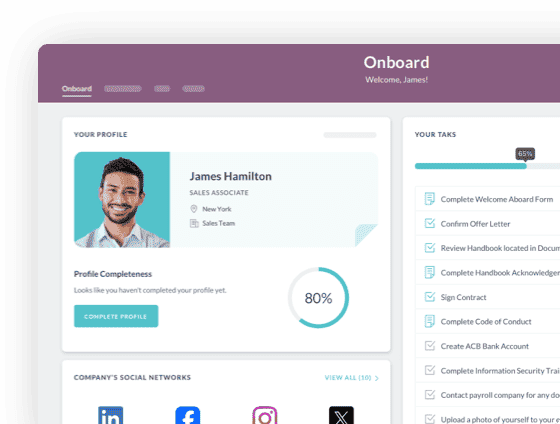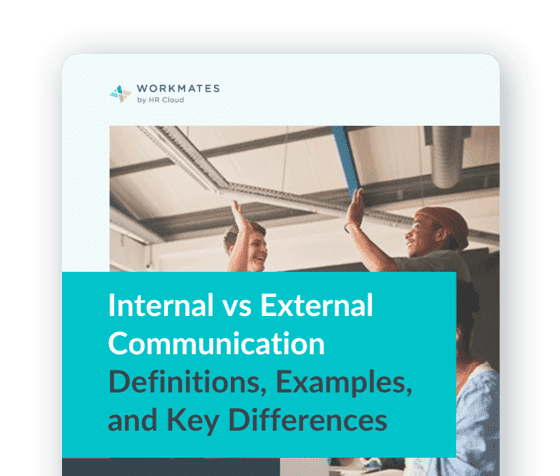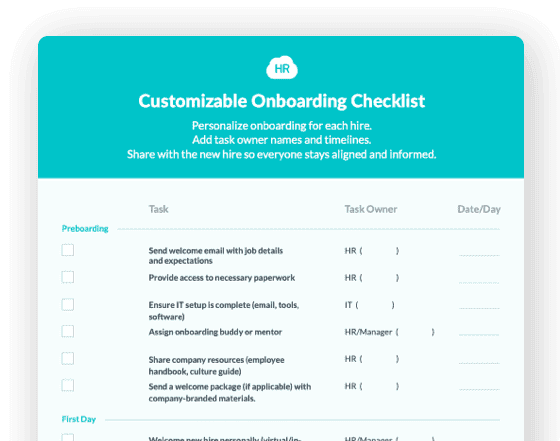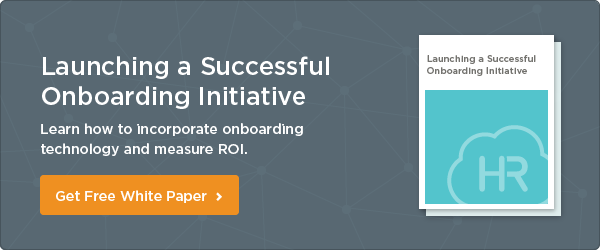Succession Planning like a Pro | The Process & Practices



 Cut onboarding time
by 60%—here's the
Ultimate Checklist
that helped do it.
Cut onboarding time
by 60%—here's the
Ultimate Checklist
that helped do it.

Working in the consulting field, I’ve learned that without a good bench, your ability to win and deliver work will quickly dissipate. Stack your bench with strong talent that you can pull at a moment’s notice to staff a project and you’re golden. Here’s how to do it.
Build Your Bench
A Fast Company.com article summarized a survey of trends in executive leadership development and found surprising data. “Leaders are worried that their companies will lack the leadership capacity to achieve their strategic objectives. And they know the answer isn't hiring talent away from companies because everyone is facing the same problem. More than 70% of the survey respondents said the lack of bench strength will have a major influence on their efforts in the next few years and 80% say that increasing bench strength, ensuring replacements for key jobs or people, will be the top objective for their executive development efforts.”
These are tough numbers to wrap our heads around. And if you consider that some of your top leadership is soon to retire (taking your institutional knowledge with them), what are you doing to lessen the impact?
Take a look at your internal bench first. Assess who you’ve got where and what their strengths are and build from there. If you come up short, you can fill the gaps with external recruiting.
For example, let’s start with your current HR team. You’ve got an HR director, maybe a manager, 2 recruiters and an HR coordinator. Everyone seems to be pretty happy in their current roles, but what happens if one of your recruiters decides to take off for greener pastures?
Start mentoring. You’ve got a junior member of the team that’s got experience talking to candidates, scheduling interviews, and processing background checks. Have you talked to your coordinator about their future career goals? If they have a desire for upward mobility, having the conversation around next steps is critical in keeping them motivated, excited and learning through mentoring. The ability to work side-by-side and participate in knowledge transfer with your recruiting team should be a high priority. As learning takes place, you’re able to get your understudy ready for his or her next big role in your production. Don’t miss out on these opportunities to strengthen your team.
Develop Others
During the recession, organizations cut learning programs and did away with tuition reimbursement. Developing employees was generally an added expense and no one had the time or the money for it. This mindset has really hindered the succession planning for many who are now struggling with attraction and retention of talent.
L’Oreal has taken their succession planning to a new level. According to the company, they’ve constructed a “simple and efficient career development process based on an annual review of talent which enables us to identify and develop potential. Each person’s role in this process, from the immediate manager to the HR team and the employee him/herself, is clearly defined. What is more, the process is based on the use of simple tools that are shared by the entire group.” These tools are:
Experience: They encourage employees to work on a new category or a new brand to learn about different functions and new channels of distribution. New work experiences help employees attain career goals and develop new skill sets.
Education: They focus on new knowledge and skill acquisition.
Exposure : Interacting with other associates of varying levels provides benefits of mentorship and coaching. Learning about goals, abilities, and areas of growth are all part of L’Oreal’s dedication to employee career development and succession goals of the organization.
Developing others doesn’t always cost money. It can be done through teaming and mentoring. However, it is highly advisable to provide formal learning programs as a way to educate talent and be competitive in the marketplace.
Ensure Accountability
Succession planning is everyone’s responsibility. If you’re managing a team, your goal should be understanding organizational growth strategy in terms of both talent and revenue. From there, think about your own “local” strategy that will support the organization as a whole. How is your team impacting revenue goals? Do you have the right talent in place to fulfill demands placed on your team?
As business changes, your team must change with it. Work towards the long-term with short-term goals that focus on the following:
• Engagement with external candidates.
• Mentoring and coaching with your internal teams.
• Scanning for talent across business lines.
If you haven’t started thinking about long-term succession planning, don’t get overwhelmed by the big picture. Focus on small groups and teams. Determine priorities based on the current needs and what’s trending. For example, if you know that your recruiting team will need more people on the ground at college campuses in the summer and you’re short on hands, begin engaging now with current employees that can represent the company at these events. Let’s say that your marketing coordinator is an alum of a school you recruit from, he may be willing to attend the event and share his work experience with potential candidates, building strong relationships, creating brand awareness, all while working towards succession planning.

Keep Reading
BambooHR vs HR Cloud: Which HRIS Actually Scales for Growing Companies?
TL;DR: BambooHR's apparent simplicity becomes a major limitation as companies scale past
The Hidden Metrics of Frontline Success: Beyond Engagement Scores
"What gets measured gets managed, but what gets measured well gets transformed." — Peter
Embracing Diversity: Recognizing Different Cultures in the Workplace
Workplaces today reflect the incredible diversity of the world around us. People bring
Like What You Hear?
We'd love to chat with you more about how HR Cloud® can support your business's HR needs. Book Your Free Demo

Build a Culture of Recognition. Boost Engagement. Guaranteed.
Workmates empowers employees to stay informed, connected, and appreciated—whether they’re on the front line, in the office, or remote. Recognition drives 12x higher engagement.Trusted by industry leaders in every sector




Cut Onboarding Costs by 60%.
Take the confusion and follow-ups out of onboarding with automated workflows, digital forms, and structured portals—so new hires ramp faster 3X quicker.Trusted by industry leaders in every sector





